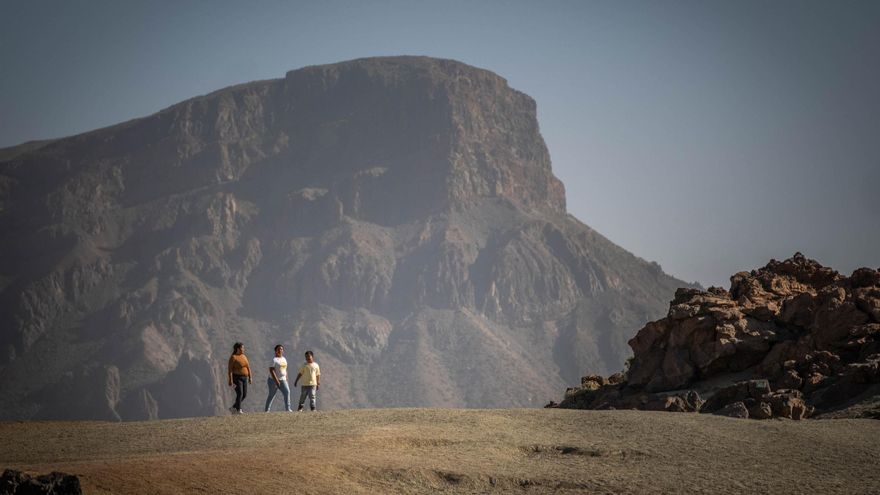New Management Plan for Teide National Park Gets the Green Light
Spain’s National Parks Network has approved the new Master Plan for the Use and Management (PRUG) of Teide, drafted by the Canary Islands Government with the support of the Tenerife Island Council. This new framework will replace the previous plan, which had been in effect for 23 years. The advisory council of the Ministry for Ecological Transition issued a favorable report during a meeting on Friday, October 24th, setting the guidelines for the future of Tenerife’s natural jewel.
Path to Final Approval
Following this significant majority backing from the advisory body for the country’s 16 most protected spaces, the final step is approval from the State Government Council. The definitive endorsement and entry into force of the Teide PRUG is expected by December at the latest. The council highlighted the urgent need to update the plan, as the current one was approved back in 2002 and had become outdated.
A Collaborative Decision-Making Body
The National Parks Network Council, which has just given decisive support to the PRUG for the “abode of Guayota” (the indigenous name for Teide), is a participatory instrument. It integrates representatives from the state, the autonomous communities where the 16 national parks are located, municipalities within the socio-economic influence areas, the presidents of the park boards, members of the scientific committee, and representatives from the most prominent environmental, agricultural, fishing, business, and trade union organizations across the country. The two national ‘green’ groups in attendance, Ecologists in Action and SEO/BirdLife, voted against the plan.
Local Endorsement and Widespread Support
The local governing body for the protected area, the Board of Trustees of Teide National Park, had already given its approval to the PRUG on September 29th. Chaired by the President of the Tenerife Cabildo, Rosa Dávila, the meeting included representatives from the Spanish Government, the Canary Islands Government, the Tenerife Island Council, six local municipalities (La Orotava, Guía de Isora, Icod, Fasnia, Granadilla, La Guancha), the University of La Laguna, scientific institutions, security forces, and business and environmental groups.
Tackling Overcrowding with Sustainable Mobility
A central pillar of the new plan is addressing the immense pressure of visitor numbers on this UNESCO World Heritage Site. The Canary Islands Ministry for Ecological Transition has tasked the Island Council with developing a sustainable mobility program to alleviate this issue. Teide is, in fact, the most visited national park in Europe, with over 5.2 million visitors in 2024. The three roads that cross it (TF-21, TF-24, and TF-38) saw nearly 1.4 million vehicles last year alone.
Shifting Responsibilities to the Island Council
The regional government has entrusted this responsibility to the Island Corporation because it will hold full authority over the park once powers are officially transferred via decree. The Cabildo currently holds delegated competences but will receive complete responsibility immediately after the final approval of the PRUG.
What the New Mobility Plan Entails
The document, agreed upon by the Canary Islands Government and the Cabildo, establishes basic guidelines for access and transit within Teide’s 189 square kilometers. The island administration is already developing a specific planning program based on these guidelines. This new approach differs from a draft plan from the previous government, which proposed three large interchange parking lots at the park’s entrances where visitors would leave their cars and continue by bus.
Focus on Park-and-Ride and Public Transport
The new PRUG stipulates that the Cabildo’s mobility system must consider “access routes and the influx of visitors by time slots.” In broad terms, it only proposes “dissuasive parking outside the national park combined with bus and/or shuttle services” to access the natural monument, and “the promotion of public transport use.”
Potential Vehicle Restrictions and Fees
The Island Corporation’s idea is to implement significant restrictions on private vehicles, primarily those used by tourists, and prioritize travel on an internal bus service. They are also considering an eco-fee for those using this collective transport service, which would be free for residents of the island. This eco-fee would be in addition to the €25 fee that will be charged to access the peak, which stands at 3,715 meters according to the latest official measurement.

